Baby Language Development
Baby language development begins way before they say their first words. Babies are learning language throughout their first year of life and learn to communicate with those around them through cries, coos, and body language. Many parents worry if their baby is on track for their language development. This page will give you a simple guide of which language skills a baby should have at 6 months of age and what you can do to boost a baby’s language development along the way.
6-Month-Old Speech Milestones:
When determining if a baby is on track with his/her language development, we look at speech milestones. These are markers that we can observe at different ages that tell us how his/her communication skills are developing. Keep in mind that these milestones are based on research about typically-developing children but this information is not meant to diagnose a speech-language delay or disorder. There is a wide range of normal and even if your child is slightly delayed in a few of these areas, it doesn’t necessarily mean he or she has a speech or language delay. Please contact a speech-language pathologist for a screening if you are concerned about your child’s speech and language skills.
Baby Sounds: 6-Month Speech Sound Milestones
At 6 months of age, babies begin to learn how to make sounds with their mouths. As they gain more control of their lips, tongue, and jaw, they will begin to make different sounds and they may even use those sounds to get your attention. Here are some speech milestones for 6-month-old babies when it comes to making baby sounds.
A 6-month-old baby should be able to:
- Take turns making sounds with you (Source: CDC)
- Blow raspberry sounds – sticking tongue out and blow (Source: CDC)
- Make squealing noises (Source: CDC)
- Giggle and laugh (Source: ASHA)
- Coo and babble when playing alone or with an adult (Source: ASHA)
- Make vowel sounds (Source: Ertmer et. al. 2006)
- May be starting to combine consonants and vowels together to make nonsense syllables, like “ma” (Source: Ertmer et. al. 2006)
Need ideas to help a baby start making more sounds? Check out our video on speech therapy for babies.
Language Development: 6-Month Communication Milestones
At 6 months old, babies are also beginning to interact with those around them. They should be noticing who is around and should be seeking ways to communicate, though not with spoken words. Check out this list of communication milestones for how babies should be communicating at 6 months of age.
A 6-month-old should be able to:
- Move their eyes in the direction of sounds (Source: ASHA)
- Respond to changes in your tone of voice (Source: ASHA)
Click Here for Resources on Helping a Child Respond to Voices
- Make sounds when they are happy or upset (Source: ASHA)
- Recognize familiar people (Source: CDC)
- Enjoy looking at self in a mirror (Source: CDC)
- Reach for something he/she wants (Source: CDC)
- Smile socially (in response to other people) (Source: Malik & Marwaha 2022)
How to Support Speech/Language Development in Babies:
Want to support a baby’s language development? There is a lot you can do now to support speech/language development for babies. These can be used in speech therapy, at home, or in a daycare/childcare setting. Here are some ideas for boosting those language skills:
- Read to baby! Reading to babies is one of the best things you can do to support language development in young children. Don’t worry if the baby isn’t listening to every word. Give babies sturdy books (like board books) to explore and read along as they play (even if it’s just a few words per page). You can also read to them from chapter books or longer picture books while they play or fall asleep (just don’t let the baby hold that book if it’s going to get ripped). This will expose them a ton of great words and language.
. - Use Sign Language: Now is a great time to start using sign language with a baby. Using sign language, even if its just a few signs here or there, can help a baby learn to communicate with those around them once they are physically able.
. - Sign and Talk with Baby: Spending time face-to-face with a caregiver who is talking and signing is great for language development. This creates bonds between the baby and her caregivers and helps her understand how sounds and words are formed. Click here for more ideas for talking and signing with a baby.
Sign Language Flashcards for Baby Language Development:
Using sign language with babies can help boost language development, even if you only sign a few words. Download our free sign language flashcards in our free materials library here.
How to Use Play to Boost Speech/Language Skills:

About the Author: Carrie Clark, MA CCC-SLP
Hi, I’m Carrie! I’m a speech-language pathologist from Columbia, Missouri, USA. I’ve worked with children and teenagers of all ages in schools, preschools, and even my own private practice. I love digging through the research on speech and language topics and breaking it down into step-by-step plans for my followers.
Fun Fact: The pictures for the sign language cards are all me and my husband doing the signs. My husband has had to endure all of my crazy business ideas and creative processes and he’s always been 100% behind me, backing me up all the way. I am the luckiest woman alive!!!
Connect with Me:




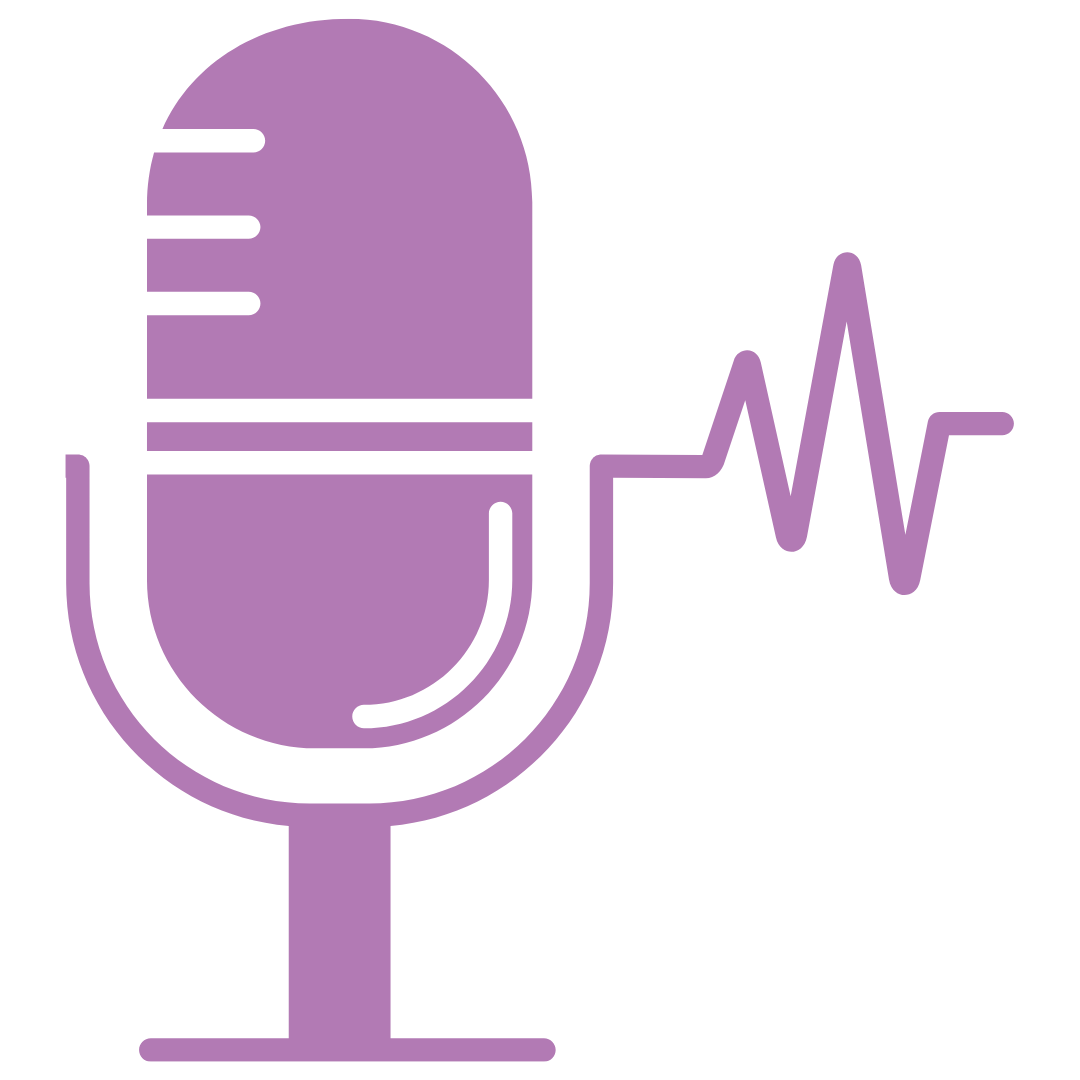
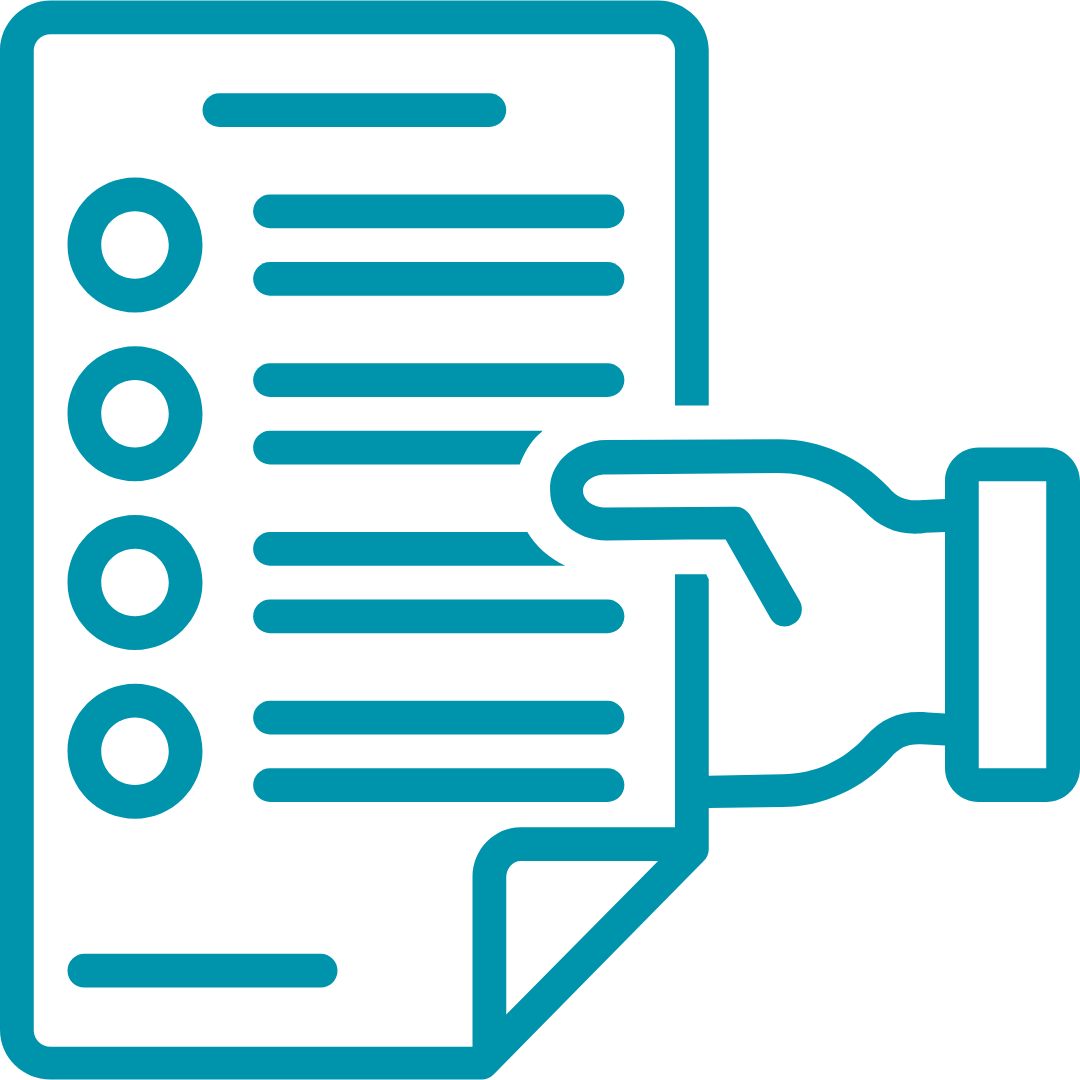
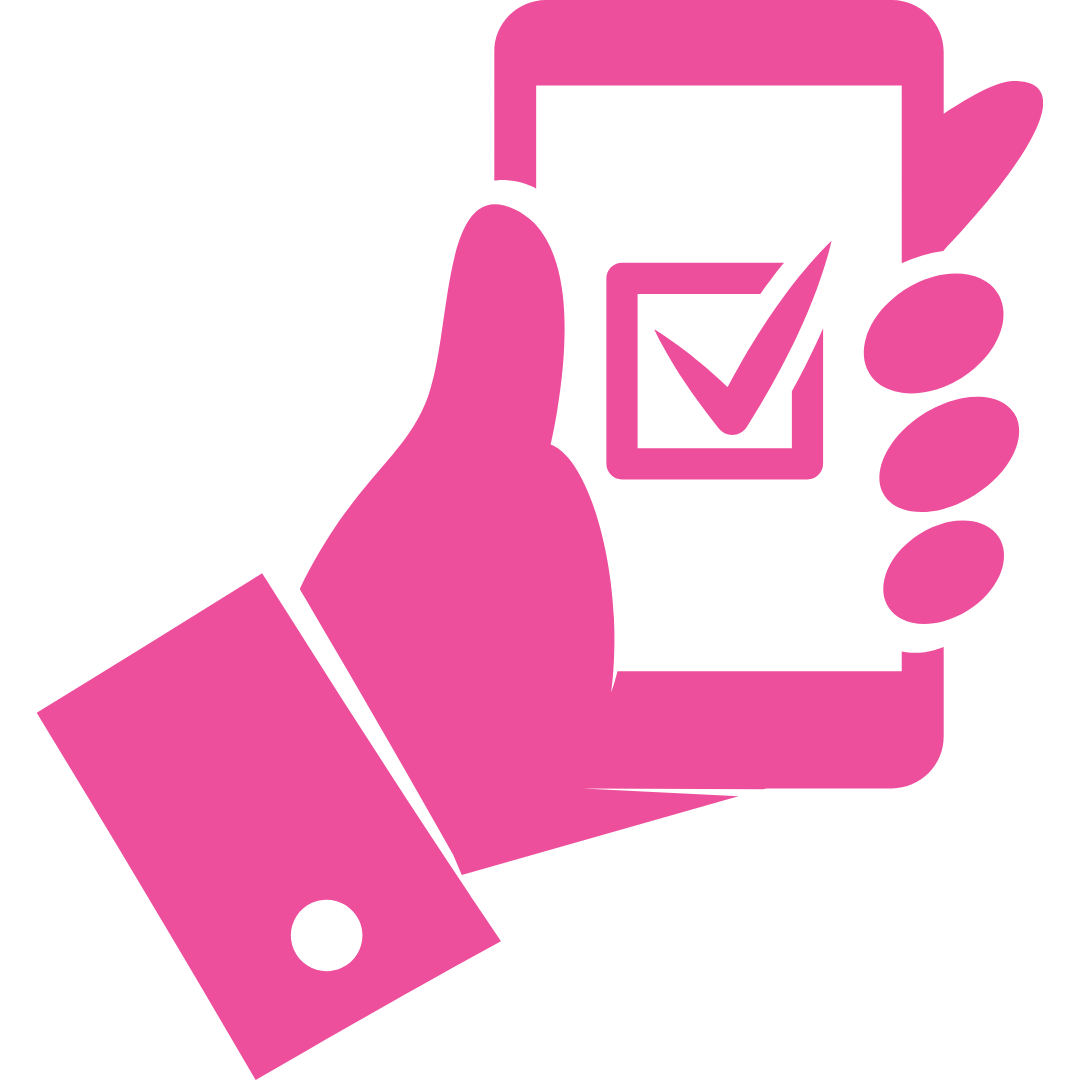
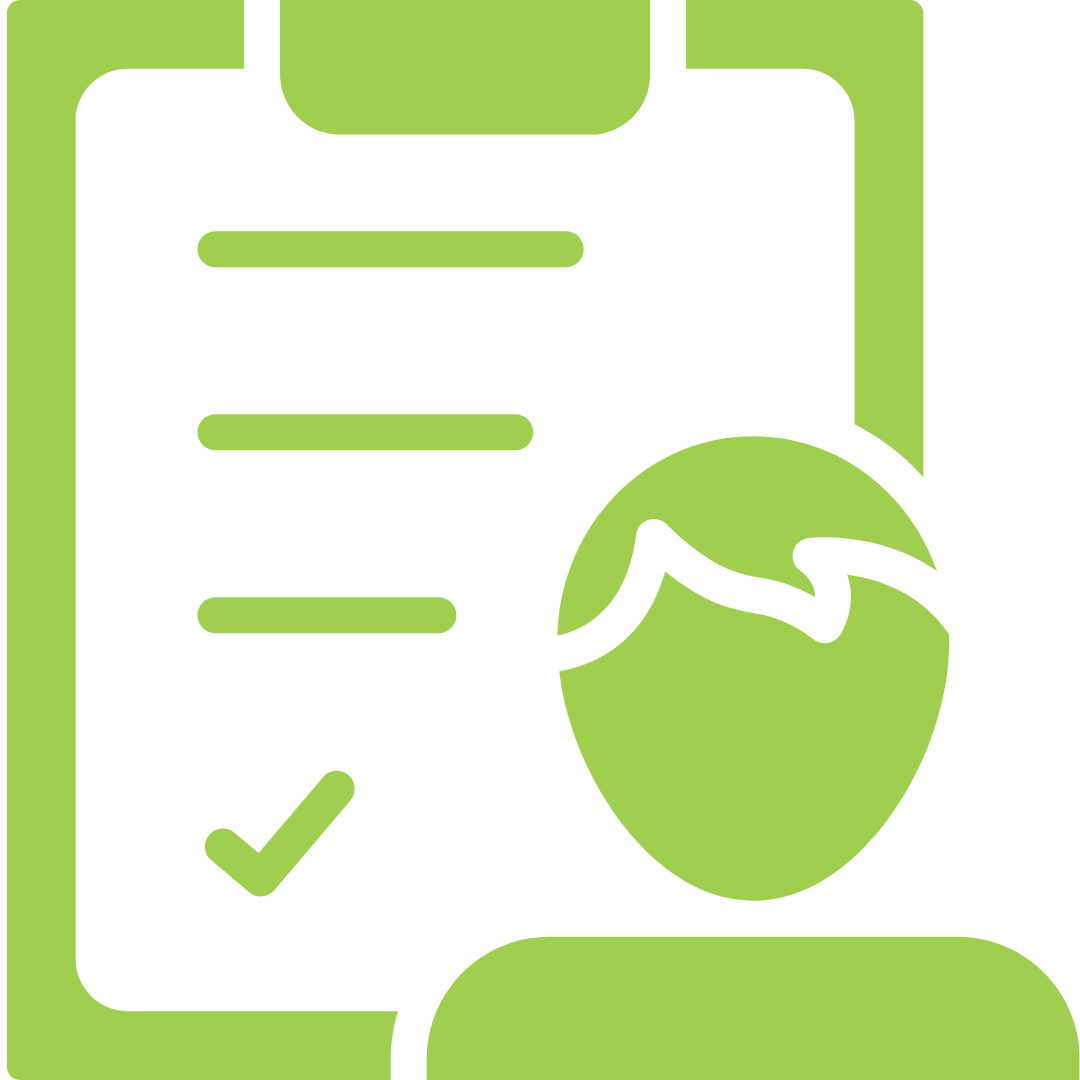
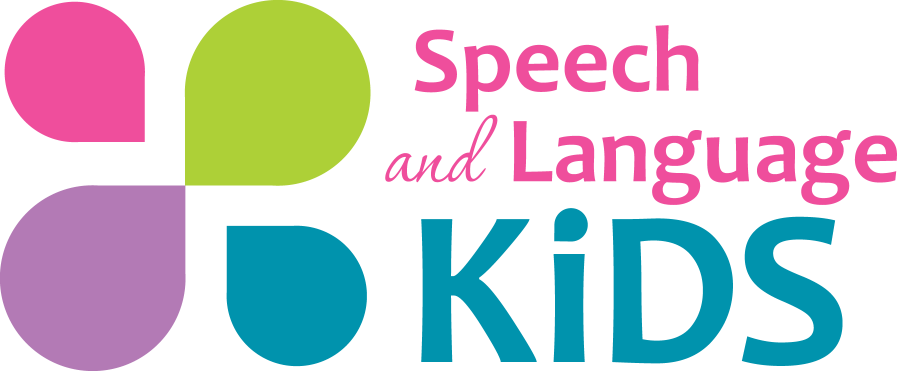

It is really nice
Mahmoud
UJ
Help full, great work
Hello,
You have posted a nice and informative article named kids, I learn a lot from your post. Go ahead, keep up the good work.
Regards